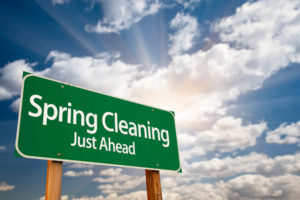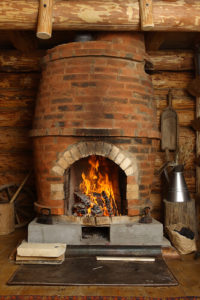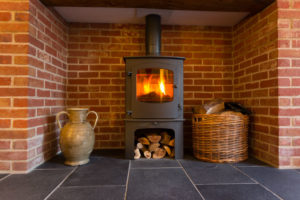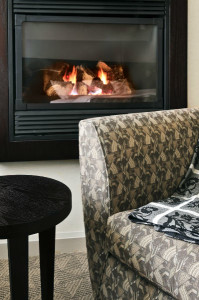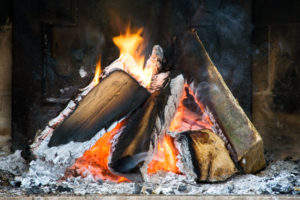How to Find the Best Firewood
When it’s time to light the fire for the fall and winter, it can be easy to get ahead of yourself. Chimney companies get calls every fall about smoky fireplaces which can be blamed on the wrong type of firewood. We get calls throughout winter about creosote buildup. We see unsafe chimneys too often due to unseasoned firewood. Like many other chimney problems, these can be prevented and avoided. Burn only properly seasoned firewood to ensure your fireplace and chimney system works safely and efficiently all season long.
 Seasoned Firewood
Seasoned Firewood
Your wood-burning fireplace, insert, or stove should only burn properly seasoned firewood. Green or freshly cut wood has too much water content in it to burn well. In fact, when trees are cut, they might be made up of up to 90 percent water! Green firewood burns incompletely takes more wood to reach the desired temperature and creates more creosote, soot, and ash than dry wood. In order to ensure your wood is properly seasoned and dry enough to burn, it’s important to follow a few simple steps.
Preparing Your Firewood
Either you purchase firewood from a local source, or you cut and store it from your own property. If you purchase firewood locally, it’s important to check it for dryness and to make sure you’re getting what you pay for. Never purchase firewood that you haven’t personally seen. Purchasing firewood that isn’t seasoned and ready to burn is a waste of money.
If you cut and store your own firewood, it’s important to do so early enough for the wood to sit and dry for at least 3 to 6 months. Harder wood species can take up to 6 months to a year to dry enough for optimal burning. You can help the wood dry best by cutting and storing it properly.
- Begin by cutting the wood to length and splitting it.
- Stack the wood loosely in piles off the ground.
- Store wood in an area where air can circulate.
- Arrange stacks on a bed of gravel for water runoff.
- Cover the top of your woodpile with a loose tarp OR arrange wood bark-side up so that water runs off.
Signs of Seasoned Firewood
Your firewood is ready to burn when it has less than 25 percent water content. You can usually tell when it is dry by the look of it. The wood will dull in color and will begin to crack along the edges. The bark will loosen and may fall away, and the wood pieces will feel light in weight. Finally, if you hit two pieces of the firewood together, it will make a hollow sound instead of a dull thud.
Once your firewood is ready to burn you can light your fire! Before you build a fire, though, make sure your chimney is clean and safe as well.
If you’re not sure that your chimney is ready for a fire, call Chief Chimney Services to schedule a chimney sweep today.

